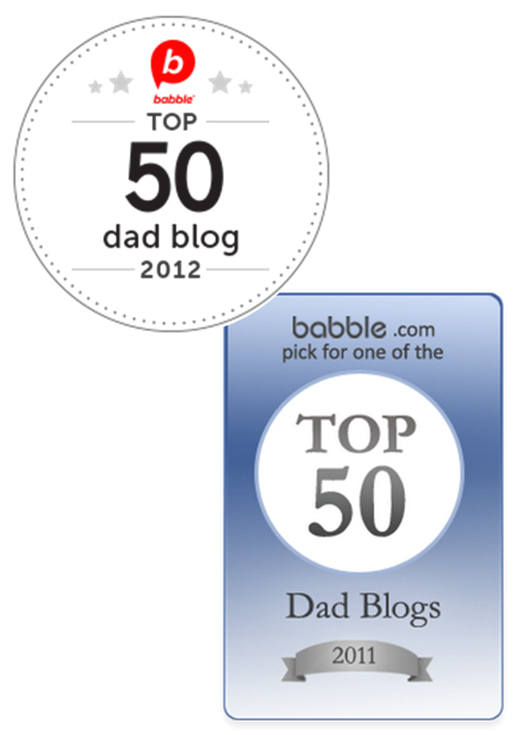Books For Christmas: "Packaging Boyhood"
This week I'm making a brief return to share several reviews of books that could make good gifts for the holidays.
This summer I made the mistake of taking my boys to see Transformers 2. The first one didn't seem so bad, and despite the lousy reviews I figured the sequel wouldn't be either. Wrong. I spent most of the movie, either covering ears every time the mom opened her potty mouth or explaining to the boys that college is not quite the near-orgy atmosphere projected on the screen. But by the way they kept saying how cool it would be for the minivan to change into an awesome robot (that would be awesome), I'm not sure they grasped my warnings. Still, I felt like a bad parent for exposing them to such blatantly deceptive images of what a boy's life could be like. I felt even worse after reading Packaging Boyhood: Saving Our Sons From Superheros, Slackers, and Other Media Stereotypes.
Written by Doctors Lyn Mikel Brown and Mark Tappan, both Professors of Education at Colby College; and University of Massachusetts Mental Health Professor, Doctor Sharon Lamb, Packaging Boyhood is a follow up the successful, Packaging Girlhood. Like it's predecessor, Packaging Boyhood focuses on the methods used by marketing and media strategists in defining a false image of who boys, and how that image comes to play in how boys perceive themselves. If you're one of those people who skips the introductions to books, don't with Packaging Boyhood as it does a superb job of laying the foundation for the authors' premises. Three sentences in, I was hooked.
...the way popular culture defines what it means to be a boy has become narrower and narrower. That's because media and marketers spend billions of dollars every year promoting a version of "cool" that requires the latest fashions, technology, and lots of money and then takes advantage of his fear of not matching up or being called a wuss or "faggot."
The book spends the next several chapters outlining the impacts of pop culture on boys through what they are told to wear, what they are to watch, what they encouraged to read, what they are supposed to listen to and what they are to play with. Ultimately, these elements come together to form a bombarding message that leaves boys confused and frustrated in their attempts to reconcile what they are told they should be verses who they really are.
With girls, it's easy to see the degrading image that's being pushed on them. However, in reading Boyhood, an element of subtlety in efforts targeting boys started to take shape, and it's an element the corporate world has become adept at exploiting, using billions of dollars to perpetuate the message in order to get boys to buy into it--literally. According to the writers, some of these messages include: that acts of revenge are okay in certain situations; that life was meant to be lived to the extreme; that being anything less than the best is to be a loser; that if you can't be the best then be a clown; that friends should be sidekicks as opposed to confidants; that material wealth is the ultimate goal; that you should want sex all the time; that unless something involves a gadget, it's not fun; and that being a slacker in school is okay. In reading the details in how these messages are conveyed, I was astounded and, at times, sickened. (Axe Body products are banned for life around here.)
Despite the worthwhile message in Boyhood, the book is not without it's flaws. For example, learning that Shannen Doherty played the lead role of Sidney Prescott in the Scream horror franchise (it was Neve Campbell) put a dent in the credibility of St. Martin's (Press) fact checkers. Yet, on another level, questioning things like why toy truck makers don't always include toy figures so boys can consider the driver's feelings came across as far-reaching, while the arguments against superheros contained an overly zealousness bent reminiscent of Frederic Wertham's Seduction of the Innocent. In this context, there were times when I found myself wondering when does a little boy get to act like a little boy without it being scrutinized as solely endemic to the ills of a consumerist society?
Nonetheless, this should not detract from the overall significance of Boyhood's argument, which the authors present with equal amounts of intelligence and rationality. What's more, Boyhood doesn't simply leave readers with a bad taste in their mouth over the plethora of aforementioned influences, but rather, the writers go the extra mile, laying out recommendations for parents to use in guiding their own sons through the mass media maelstrom.
Too many times I've seen parents who recognized these negative images, but who then walled their boys off from all exposure without providing any explanation beyond, "because it's bad for you." Time and again, these boys grew up without the tools needed in discerning the complexity and sophistication behind marketing efforts targeting their naivety. For boys to acquire this ability, parents need to possess not just an awareness of this issue, but also the knowledge to help their sons discover a healthy male identity independent of those fabricated by mass media. Packaging Boyhood provides mothers and fathers the resources to do both.
You can find out more about Packaging Boyhood and its authors at their website: PackagingBoyhood.com
Disclosure: In compliance with FCC regulations, the author would like to disclose that a copy of this book was provided to me by the publisher for review purposes. No further compensations was included.




















